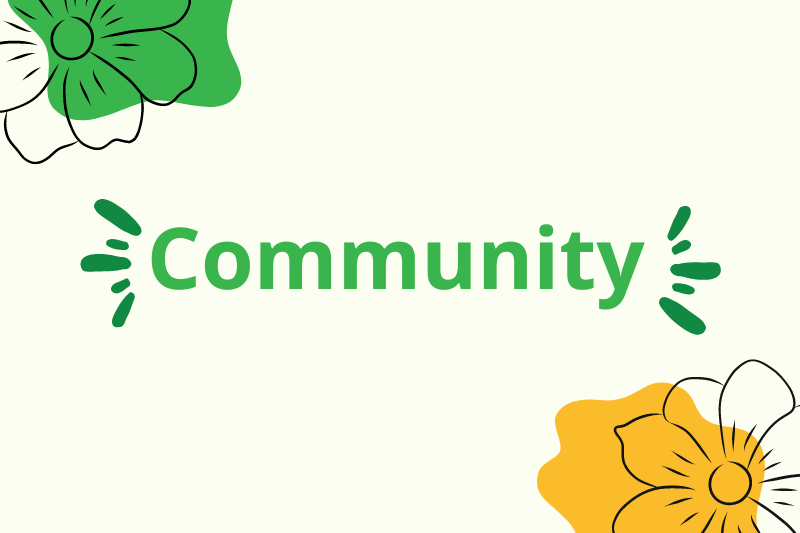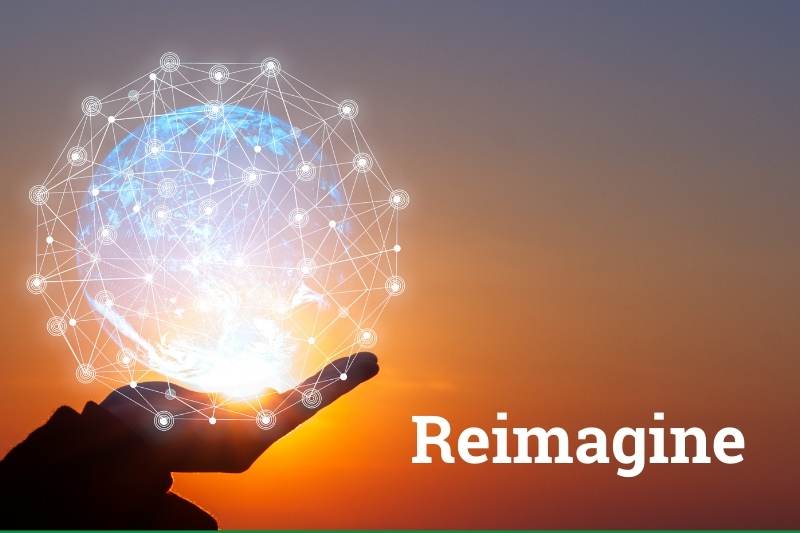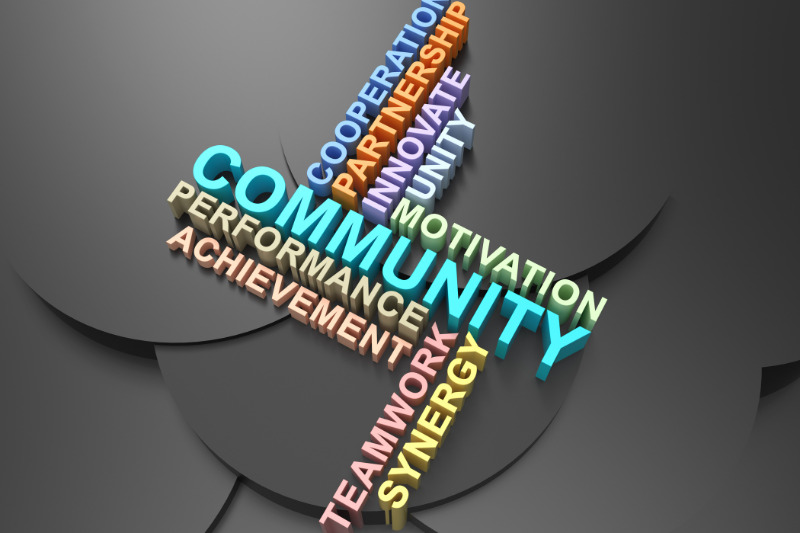We opened 2022 with the news that Eastside Pathways would begin identifying a replacement for the executive director who established and led EP for the past decade with empathy, vision, and dedication. At the same time, Eastside Pathways will spend time in 2023 to shape its strategic plan for 2024-2027. This is the first of two articles about the future of leadership for Eastside Pathways.
If you’ve been involved in Eastside Pathways’ collaborative projects long enough, you may be familiar with the “values deck* exercise: from a list of dozens of values, pick the few which you deem most important. Each time that this exercise has been offered to partners and participants, “community” is consistently among the top vote getters. It’s the who, what, how, and why of the Eastside Pathways Partnership.

Being a community-based organization isn’t just about demonstrating that value in the grassroots focus of its mission work; it should also be about proving that commitment at every level through the entity. That’s why Eastside Pathways stakeholders began an in-depth process to create an equitable, culturally responsive leadership structure to enable the community to be the leaders – not just the focus – of change. It may prove to be the most significant demonstration of continuous improvement and adaptation that we’ve ever undertaken.
Starting from within
In early 2021, the Eastside Pathways Partnership developed the Equity Pledge, a foundational declaration where signers acknowledge that “it is within our roles to create change so that ‘race no longer determines outcomes’” and commit “to taking progressive action toward reducing harm and increasing equity.” For Eastside Pathways, that progressive action took the form of an honest “reimagining” of its own leadership structure with a guiding premise: community-based leadership puts people most impacted by the systems into positions of leadership/authority to make decisions about how policies are developed, practices are implemented, and resources are allocated.
The first step was to recognize a disconnect between the existing situation and the ideal. The current Eastside Pathways Board oversees both the operations of the Eastside Pathways Backbone (as required by nonprofit organization statutes), and the strategic activities of the collective Partnership. Members of this Board are community leaders, nonprofit executives, and philanthropists – people who are already familiar with power and decision-making in their own spheres, and well-positioned to ensure the organization’s compliance with nonprofit management and fiduciary requirements. But the strategic vision of the Partnership deserves a separate authentic governance structure too, preferably one whose voice is derived from a more acute and personal proximity to the actual work of the Partnership.
Building trust relationships
The Eastside Pathways entity took the responsibility to model the very kind of leadership change that is essential to true systems change. The ensuing work of Reimagining Leadership was deliberate and unfolded over the last 15 months. It started with convening a group of Partners and community members of many different lived experiences, identities, and community roles. Right away, this gathering of minds was different: it was not a task force or problem-focused committee – that would have been a very hierarchical, traditional approach.

Instead, the purpose was simply to build trust among those at the table to invite straightforward and respectful conversations about race, formal and informal authority, and, perhaps most important, how it might play out in leadership.
“People want to see perfect results and the immigrant success stories – but they are not peeling back the layers to really understand the true experience,” says Adam Dibba, founder of Africans on the Eastside, and a participant in the reimagining leadership discussions. In the process, “I saw that people were willing to listen and bring me in. Those were the moments that I opened up to say tough things. And that’s why I continued – because my voice is part of the vision for the future.”
The group also sought and received the trust of the current Eastside Pathways Board. In a pivotal agreement, the Board did not impose expectations or oversight, and pledged to accept whatever decisions were made by the Reimagining Leadership group before the work began. “We did not want to be prescriptive and take the history of a mostly-white board leadership model into a new way of doing things,” says current Board Chair Cathy Habib. In essence, the Board agreed to accept the notion that the Partnership would be led by an as-yet-unknown entity.

On Zoom left to right: Paul Lwali, Adam Dibba (top row) and Stephanie Cherrington, Sandy Nathan, Helena Stephens (bottom row) [Absent: Sue Baugh]
Envisioning community-based leadership for the Partnership
That promise of acceptance was the green light for the second phase of work: to define the structure, culture, and norms of the Partnership’s future leadership. “There is not a one-size-fits-all solution,” notes Community Impact Manager Kalika Curry, who has been involved in the Reimagining Leadership work from the beginning.
While precise elements are to be determined by the participants, the general framework of future Leadership at the Partnership level does have some defining features:
- The Leadership group will be about 15 people.
- The Leadership will be built on a foundation of interpersonal relationships and trust.
- The Leadership will be comprised mainly of members of the populations being served: youth, communities of color, and those historically with little or no access to authority and resources.
- The purpose will be to ensure that the Partnership’s work is guided by its values (e.g. continuous improvement, collaboration, anti-racism, accountability, data-informed decision-making), and in cooperation and partnership with communities of color.
- Decision-making may incorporate a wider range of methods to incorporate cultural influences and practices, with a focus on building trust relationships and promoting accessibility, acceptance, and agency over the design of its own metrics of success.
“Nationally, there is not really any other examples of organizations revising the ‘culture of leadership’ the way that Eastside Pathways is,” says Cathy Habib. “In the process of reimagining leadership, we’ve actually created and tested our own model for who and how an entity can make strategic decisions.”
Actualizing community-based leadership
With 2023 looming ahead, the next big step is to identify and invite individuals to be a part of the new Leadership. Partners and organizations will be asked to cast the net widely to find those voices. It could be anyone whose had the lived experiences or deep personal connection to the communities served by Eastside Pathways, as described above. It should be someone who perceives the effects of social and community programs, and has a deep desire to see improvements in cradle to career outcomes in their community. And it could be someone who is intrigued by having a little more agency to make change happen.
The Eastside Pathways leadership is not being disbanded; rather, it’s coming into a new iteration of itself. “Like the work of the Partnership, the authority necessary to govern the Partnership itself needs to be adaptive and targeted,” says Curry. And that’s the good and exciting thing… it will have a new face and new pattern with greater authenticity.
Adam Dibba is excited when she reflects on Eastside Pathways’ history and the emergence of the new Leadership. “When Bill (Henningsgaard) started Eastside Pathways, he had a vision to include people from all walks of life in positions of power. Now, I think we’re in the right place. I think Bill would be really happy.”
Email info@eastsidepathways.org to share comments or for more information.
Read part 2: New Leadership for Eastside Pathways Backbone and Partnership for the Future: The Path Ahead

